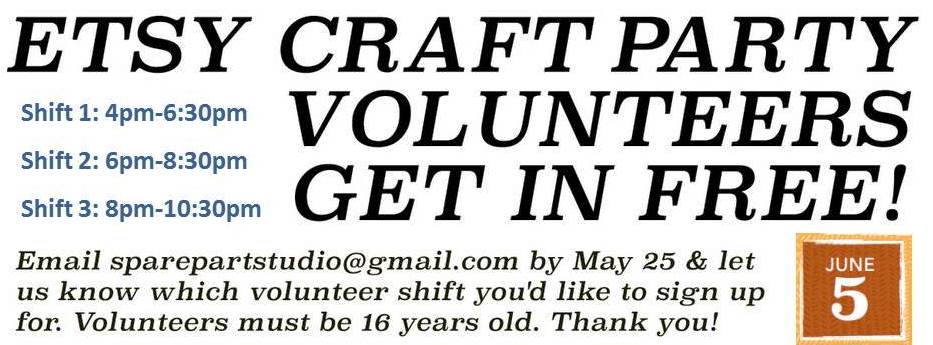The concept of creative reuse aka upcycling, remaking or repurposing is not new. According to Grant Johnson, author of “1000 Ideas for Creative Reuse: Remake, Restyle, Recycle, Renew,” materials reuse has been around since medieval scribes scraped off and reused parchments, and the ancient Greeks melted down older bronze statues to make newer versions. Creative reuse, in its current incarnation, combines artistic expression with ecological responsibility served with a side of thrift.
In the hierarchy of what to do with our stuff, reduce should be the first action—quit buying so much stuff! Reduce means choosing to use or purchase things with care to reduce the amount of waste generated.
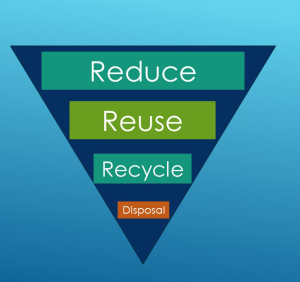
Reuse is different from recycling, where the products are broken down t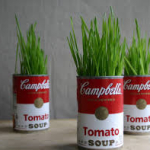 o its component parts and re-manufactured into new products. Creative reuse is also different from conventional reuse, where the product is used in its original purpose again.
o its component parts and re-manufactured into new products. Creative reuse is also different from conventional reuse, where the product is used in its original purpose again.
Recycle means the conversion of a waste to form a new product.
Disposal is the magical ‘disappearance’ of all other trash to the landfill where most of it never, ever really goes away.
So have we piqued your interest to learn more about creative reuse? Wondering how to get started? The San Antonio Public Library is always a good resource for ideas and inspiration. Here’s a list of books complied by one of their helpful librarians.
“Modern upcycling: a user-friendly guide to inspiring and repurposed handicrafts for a trendy home”
“Reclaimed textiles: techniques for paper, stitch, plastic and mixed media”
“Vintage made modern: transforming timeworn textiles into treasured heirlooms”
“Creative recycling in embroidery”
“The Salvage Sisters’ guide to finding style in the street and inspiration in the attic”
“Trash formations east”
Quoted in the first paragraph, Grant Johnson’s book is full of marvelous art work pictures with corresponding materials list.
Several other hands-on avenues are also available. Leading the charge in San Antonio for creative reuse is spare p
arts founded by Mary Elizabeth Cantu in 2010. spare p
arts offers cultural and environmental sustainability, affordability and accessibility to the arts through education. A large variety of workshops and projects at schools and community wide-events are held throughout the year. Attending an event or volunteering with the organization can impart insights and instructions.

In addition there are many “maker” organizations and events popping up around town. The ‘maker culture’ invites people of all ages to be creative in a plethora of venues including—technology, DIY projects, artistic expression. Many of these projects are creative reuse. “Make San Antonio a creative hub for makers of all ages” is a good example.
Argentinian artist Elisa Insua calls her creative reuse art “immortalizing meaningless trash into works of art.” We agree.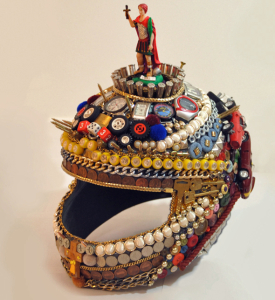

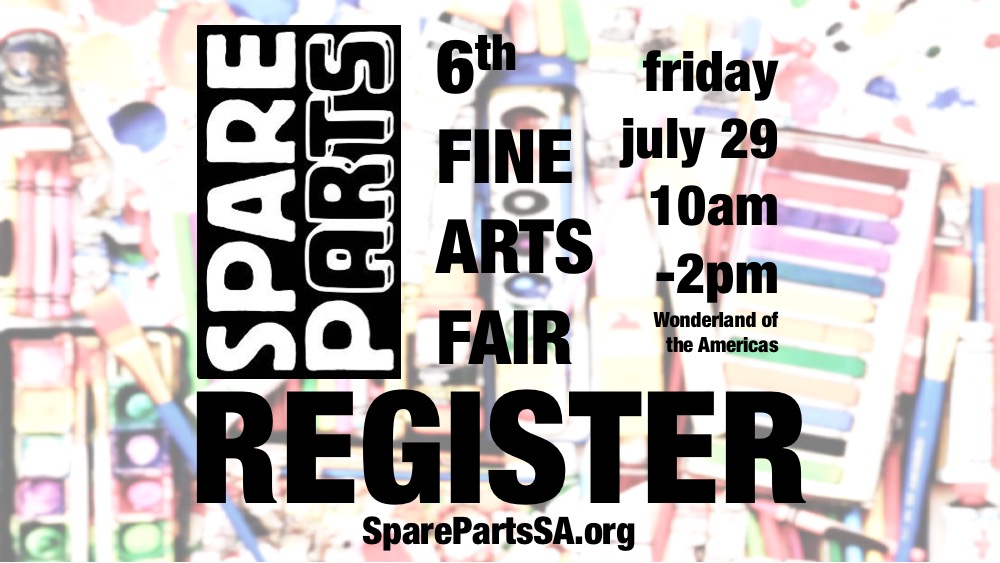

 o its component parts and re-manufactured into new products. Creative reuse is also different from conventional reuse, where the product is used in its original purpose again.
o its component parts and re-manufactured into new products. Creative reuse is also different from conventional reuse, where the product is used in its original purpose again.


